Roland SH-201 Handleiding
Roland
Synthesizer
SH-201
Bekijk gratis de handleiding van Roland SH-201 (84 pagina’s), behorend tot de categorie Synthesizer. Deze gids werd als nuttig beoordeeld door 90 mensen en kreeg gemiddeld 4.7 sterren uit 45.5 reviews. Heb je een vraag over Roland SH-201 of wil je andere gebruikers van dit product iets vragen? Stel een vraag
Pagina 1/84

Owner’s Manual
Thank you, and congratulations on your choice of the Roland SH-201.
To learn about the performance functions...
Playing sounds...............................................................................p. 16
To create your own sounds...
Creating sounds .............................................................................p. 27
Parameter list..................................................................................p. 60
Block diagram ................................................................................p. 75
To learn how the knobs and buttons work...
Panel descriptions............................................................................p. 2
Panel index .....................................................................................p. 76
Contents ............................................................................................p. 4
Index ................................................................................................p. 78
220
* All product names mentioned in this document are trademarks or registered trademarks of their respective owners.
202
Copyright © 2006 ROLAND CORPORATION
All rights reserved. No part of this publication may be reproduced in any form without the
written permission of ROLAND CORPORATION.
Before using this unit, carefully read the sections entitled: “USING THE UNIT SAFELY”
(p. 8) and “IMPORTANT NOTES” (p. 10). These sections provide important information
concerning the proper operation of the unit. Additionally, in order to feel assured that
you have gained a good grasp of every feature provided by your new unit, Owner’s
manual should be read in its entirety. The manual should be saved and kept on hand as a
convenient reference.

2
Panel descriptions
Top Panel
ARPEGGIO (p. 22)
This section lets you
produce an arpeggio
simply by holding down a
chord on the keyboard.
RECORDER (p. 24)
This section lets you
record your performance
on the SH-201.
TEMPO Button/TAP
Button
Here you can specify the
tempo of the arpeggio and
the recorder.
AUDIO FILTER
(p. 50)
This lets you vary the brightness
of the sound from an audio source
connected to the INPUT jacks, or
add a distinctive tonal character.
EXT IN (p. 49)
Here you can play sound from a
device connected to the INPUT jacks.
You can also cancel a vocal or other
sound that is localized at the center of
audio you input.
OCT UP/DOWN Buttons (p. 18)
These buttons shift the keyboard’s pitch range up or down.
PORTAMENTO Button (p. 19)
Portamento creates a smooth transition in pitch between two notes.
SOLO/LEGATO Button (p. 19)
Use this button to simulate the performance techniques of
monophonic instruments.
DUAL/SPLIT Button (p. 46)
This button lets you layer two different sounds that have been created
by the OSC 1/2, MIX/MOD, FILTER, and AMP sections, or play two
sounds independently in the left and right areas of the keyboard.
UPPER Button/LOWER Button (p. 46)
Use these buttons to select the tone you want to edit using the panel
controls.
MASTER VOL Knob
(p. 16)
This sets the volume of the
entire SH-201.
Pitch Bend/Modulation Lever (p. 18)
While you play, move this lever to the left or right to
vary the pitch.
Move the lever away from yourself to apply vibrato.
D BEAM (p. 20)
You can move your hand
above this sensor to control
the pitch or volume.
OSC 1/OSC 2 (p. 28)
This is the creative core, where the process of
sound production on the synthesizer begins.
It generates the waveform that determines the
character of the sound, and determines the pitch.
PITCH ENV (p. 31)
This creates time-varying changes in pitch, such as
the subtle pitch deviation that occurs when you
begin blowing a note on a brass instrument, or the
dramatic pitch swoop of an electronic drum.
Rear Panel

3
Panel descriptions
LFO 1/LFO 2 (p. 40)
Here you can apply cyclic change to the sound,
such as modulating the pitch to create vibrato,
or modulating the volume to create tremolo.
MIX/MOD
(p. 32)
This mixes the
waveforms
generated by OSC 1
and OSC 2 to create
a richer sound.
Here you can also
boost or cut the low-
frequency range.
FILTER (p. 34)
This adjusts the brightness or thickness of the sound
produced in the MIX/MOD section. Here you can
also add a distinctive tonal character that is typical of
synthesizer sounds.
FILTER ENV (p. 37)
Here you can create time-varying changes in tone,
such as the way in which a note played on a piano
begins with a bright tone and gradually becomes
more mellow.
AMP (p. 38)
This determines the loudness of the sound that has
passed through the FILTER section. Here you can
also distort the sound to make it more powerful.
AMP ENV (p. 38)
Here you can create time-varying changes in volume,
such as the way in which a note played on a piano
gradually diminishes, or the way in which notes on a
bowed-string instrument begin gradually.
GROUP/BANK/NUMBER Buttons (p. 16)
Use these buttons to select the patch you want to play.
If the ARPEGGIO SELECT button’s indicator is lit, these
buttons will select an arpeggio template (p. 23).
WRITE Button/CANCEL Button (p. 48)
Use these buttons to save a sound you’ve created.
EFFECTS
(p. 44)
Here you can add
depth and
spaciousness to the
sound by applying
effects such as echo
or reverberation to
simulate the
acoustic character
of a room or hall.
INPUT Jacks (p. 49)
Connect your digital audio
player, CD player, or sampler
to these jacks.
MIDI Connectors (p. 58)
Connect other MIDI devices to
these connectors.
PHONES Jack (p. 13)
Connect headphones (sold
separately) to this jack.
USB Connector (p. 54)
Connect this to your computer.
PEDAL Jack (p. 21)
Connect a pedal switch (DP series;
sold separately) or expression pedal
(EV-5; sold separately) to this jack.
OUTPUT Jacks (p. 13)
Connect your monitor
speakers or stereo set to these
jacks.
DC IN Jack (p. 12)
Connect the included
AC adaptor to this jack.
POWER Switch
(p. 14)
This switch turns the
power on/off.
Product specificaties
| Merk: | Roland |
| Categorie: | Synthesizer |
| Model: | SH-201 |
Heb je hulp nodig?
Als je hulp nodig hebt met Roland SH-201 stel dan hieronder een vraag en andere gebruikers zullen je antwoorden
Handleiding Synthesizer Roland
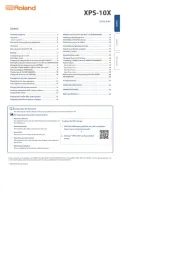
1 September 2025
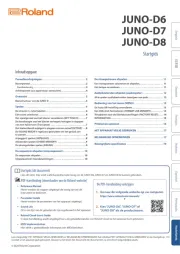
16 Mei 2025
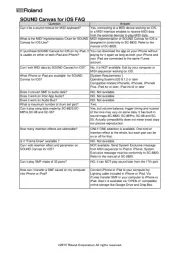
13 Mei 2025
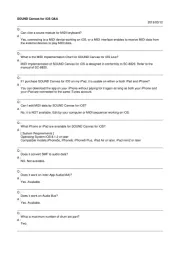
13 Mei 2025
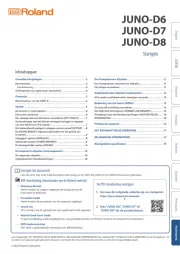
12 Mei 2025
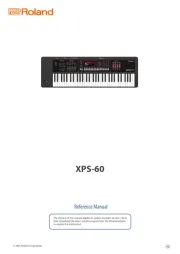
12 Mei 2025
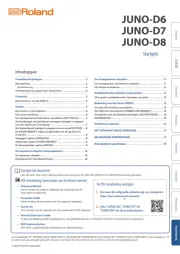
12 Mei 2025

2 December 2024

2 December 2024

2 December 2024
Handleiding Synthesizer
- GS Music
- Sequential
- X Audio Systems
- Yamaha
- LennarDigital
- Flame
- Omnitronic
- Motas Electronics
- Erica Synths
- IK Multimedia
- Vermona
- Waldorf
- Twisted Electrons
- Soma
- Nystrom
Nieuwste handleidingen voor Synthesizer
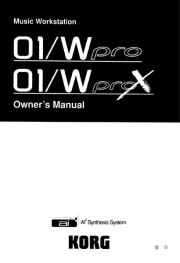
3 September 2025

30 Juni 2025
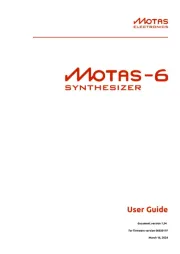
10 Juni 2025
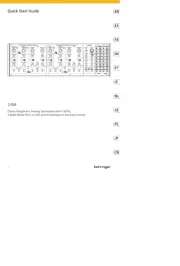
4 Juni 2025
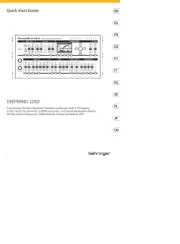
1 April 2025
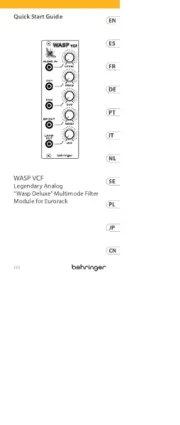
1 April 2025
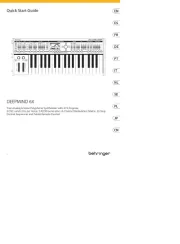
1 April 2025
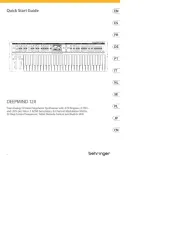
1 April 2025
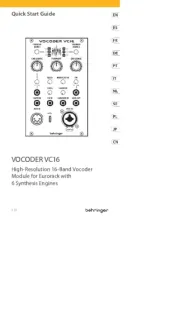
1 April 2025
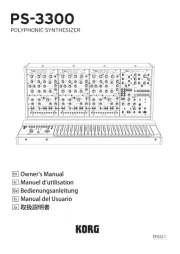
24 Maart 2025